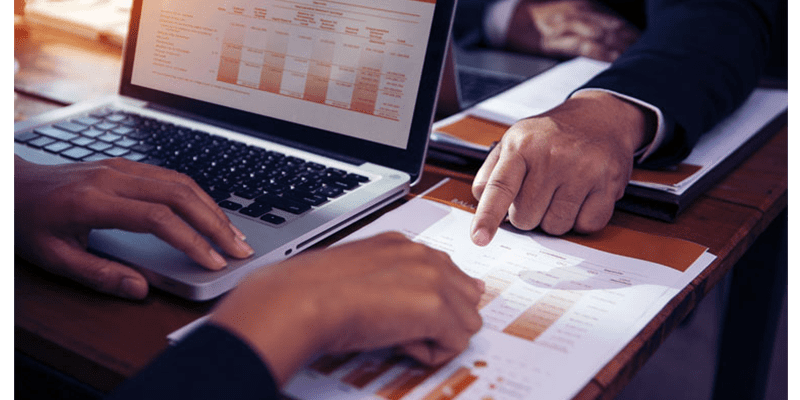The Small Business Administration has designed a program to help entrepreneurs that may have to overcome social or economic disadvantages in business by giving them a boost in government contracts. It is called the 8(a) Business Development Program and it can be a huge financial benefit to those who qualify.
The 8(a) program is a nine-year plan with two stages. The first four years are the developmental phase when a socially or economically disadvantaged company gets mentoring and education, receiving opportunities to get government contracts with little or no competition. The second phase is the transition stage. During the last four years, the business must gradually balance its government contracts with private contracts, until by the end of the program more than half of its business is with non-government companies.
As part of the program, each business will be regularly scheduled for annual reviews, business planning, and systematic evaluations in order to show that it is making the necessary progress.
During the nine years, participants are also able to draw on SBA loan funds to increase their ability to meet customer demand for products or services. The aim of the program is to help disadvantaged entrepreneurs get enough education and make enough contracts to no longer be at a disadvantage.
In order to qualify, applicants must be American citizens who own at least 51 percent of their small businesses. The owner must be classified by the SBA as socially (those who have been “subjected to racial or ethnic prejudice or cultural bias”) or economically disadvantaged. There are also ‘good character’ requirements and businesses must provide evidence of their potential for success. The application process is very detailed and may take up to one year to complete.
The SBA 8(a) program may require jumping through several hoops but the financial and business benefits that it provides can easily give a disadvantaged entrepreneur all the advantages needed to be successful.



